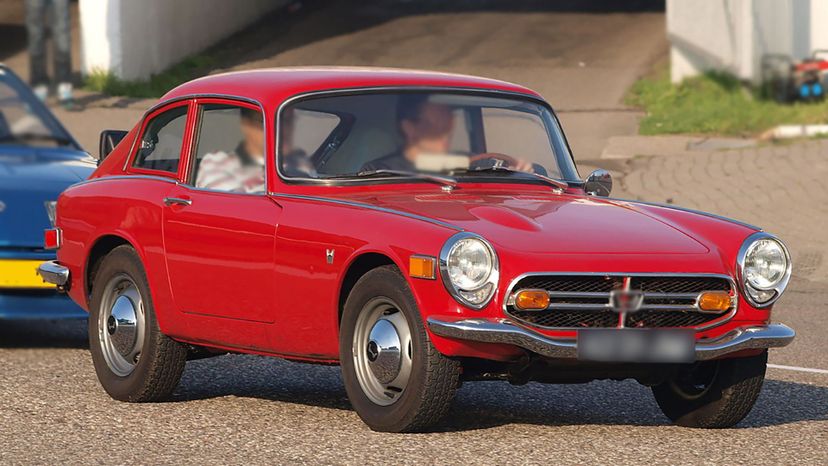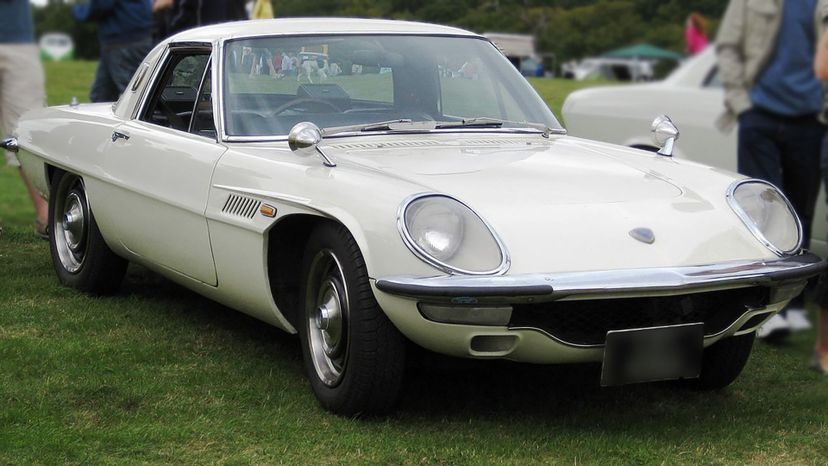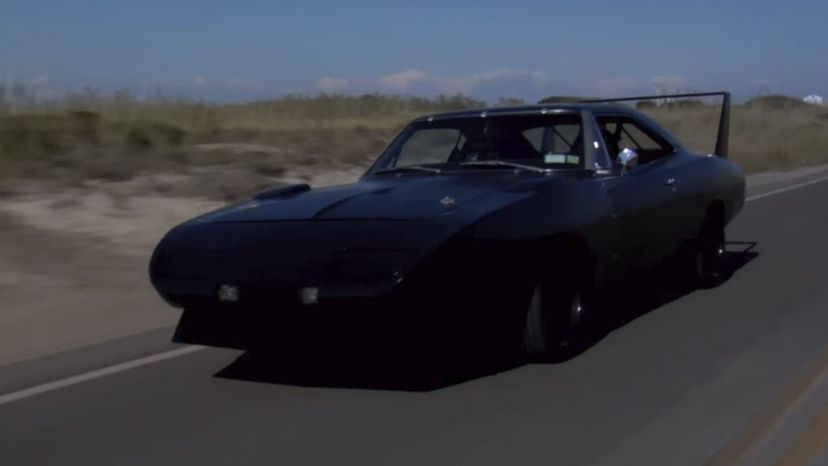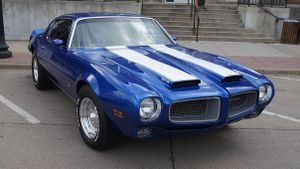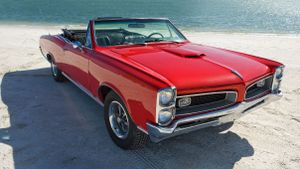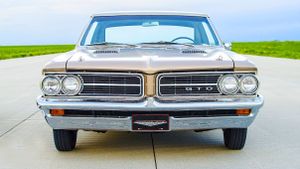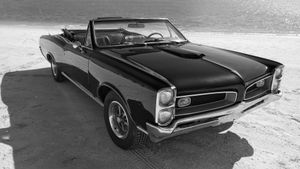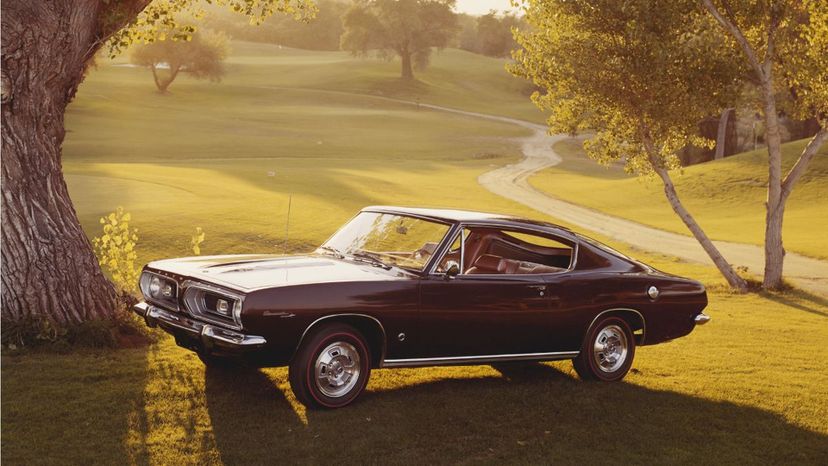
About This Quiz
If you're a car person, it wasn't just The Beatles who invaded the U.S from Britain. Instead, a certain type of Beetle had been flowing from Germany for some time. It was also an era of big V-8 engines, further refined designs, and technological innovations.Â
During the 1950s, car design was fueled by wild optimism and relief from the end of World War II. But in the 1960s, things started to change. The Korean War was a tragedy, Vietnam wasn't pretty, hippies were parading through the streets, and people began questioning plenty of social norms. These values can be seen reflected in the cars of the time period, especially in 1969. At the close of the decade, any hints at the massive amounts of chrome, huge tail fins, etc. that dominated in the previous decade were completely gone.Â
It was a year of divergence in the auto industry. On one hand was the quickly escalating muscle cars war, where horsepower was pushed to extreme heights and fuel efficiency wasn't even a thought. There was also an emerging group of fuel sippers, most from Japan and Europe, that would prove invaluable when the oil crisis struck. Cars from both groups are considered classics today, but how many can you identify from a single picture? Take the quiz now and find out!Â
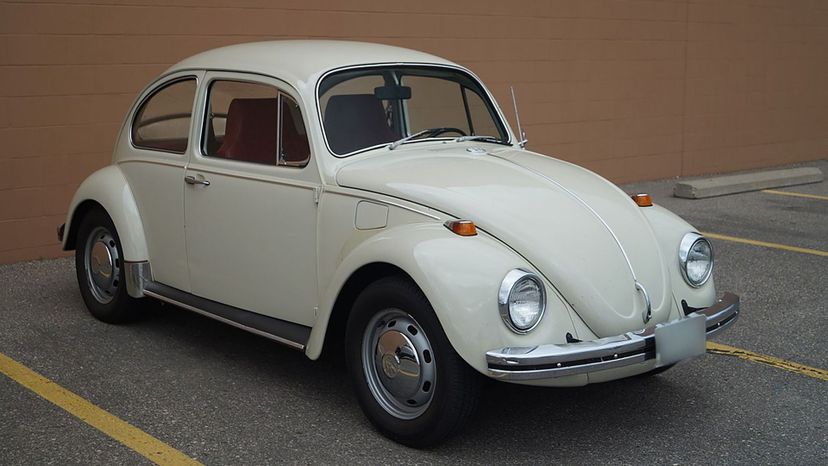
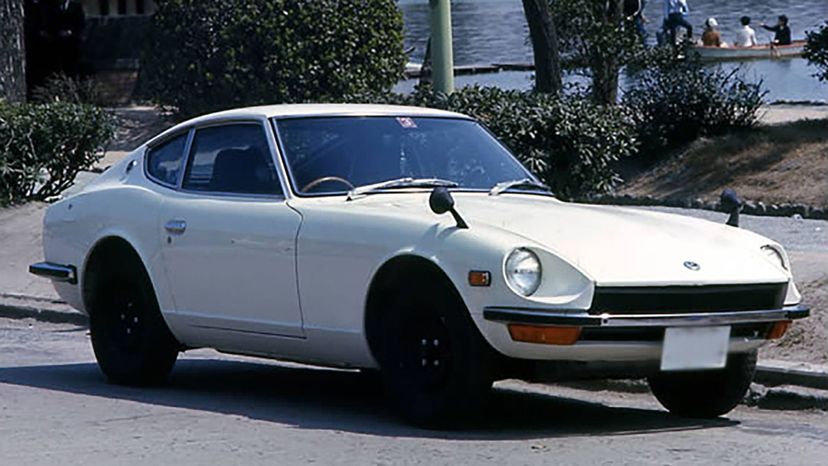
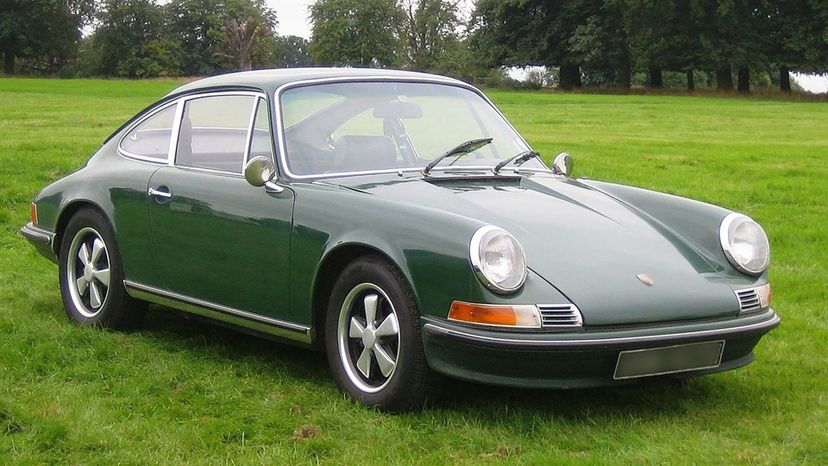
Advertisement
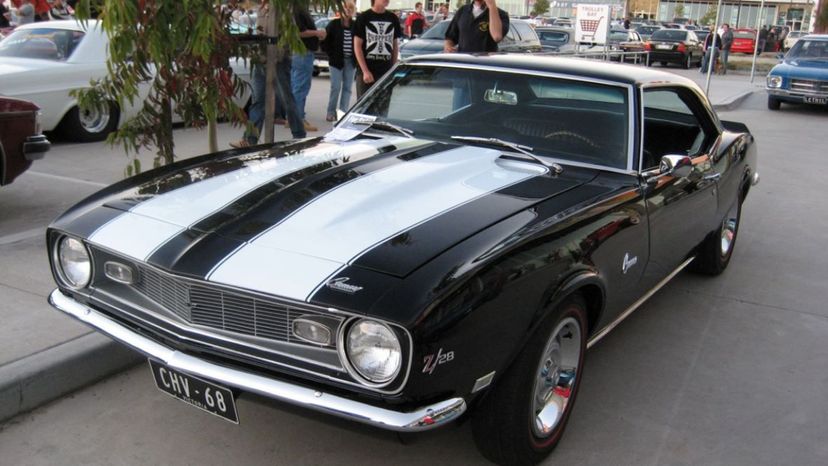
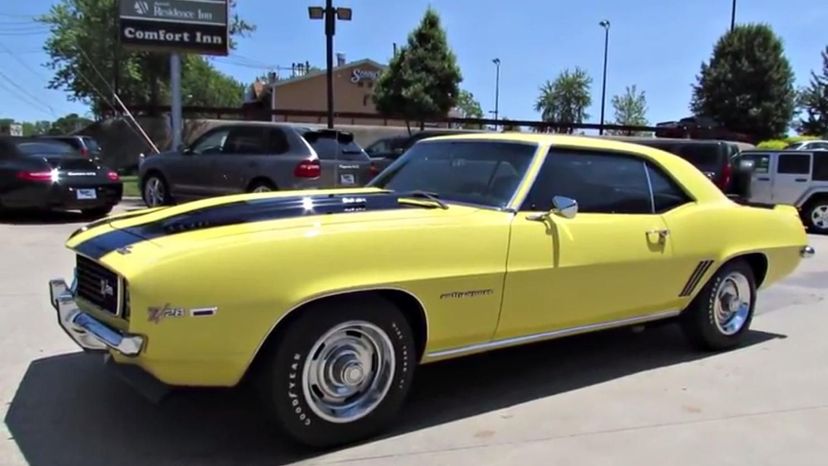
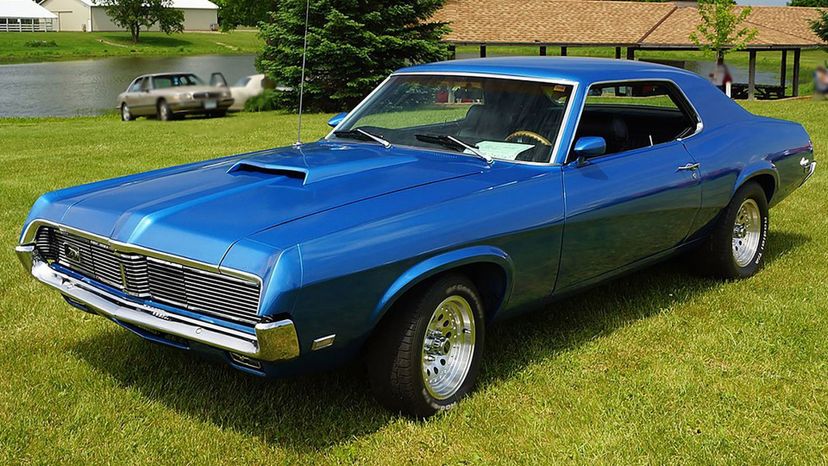
Advertisement
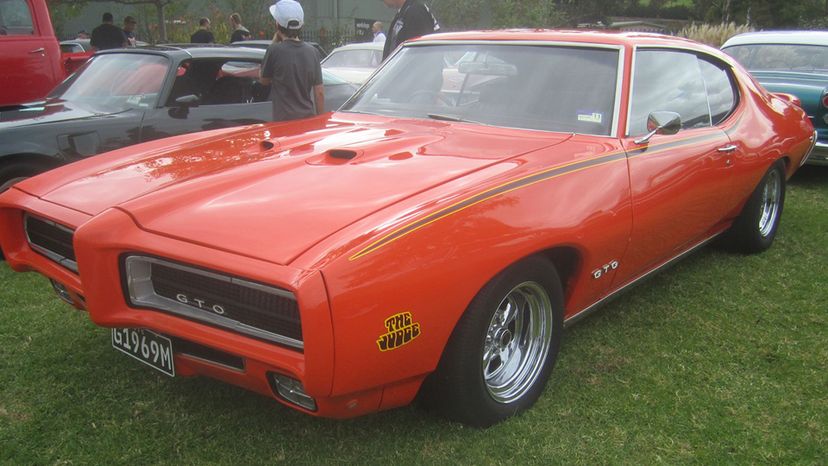

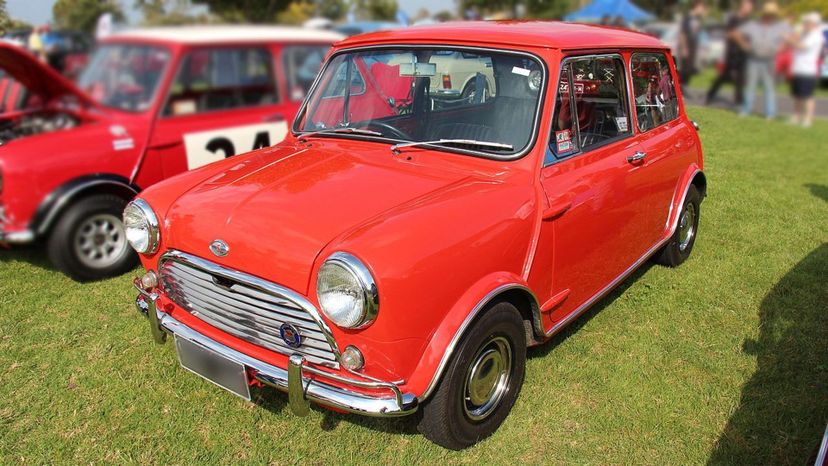
Advertisement
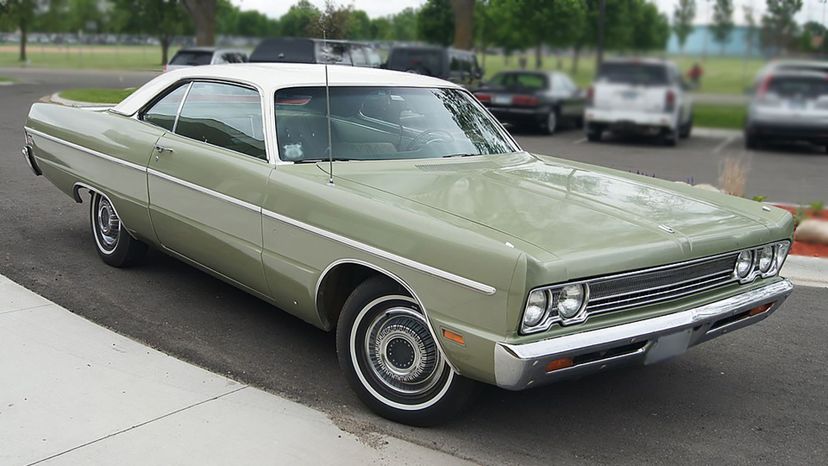
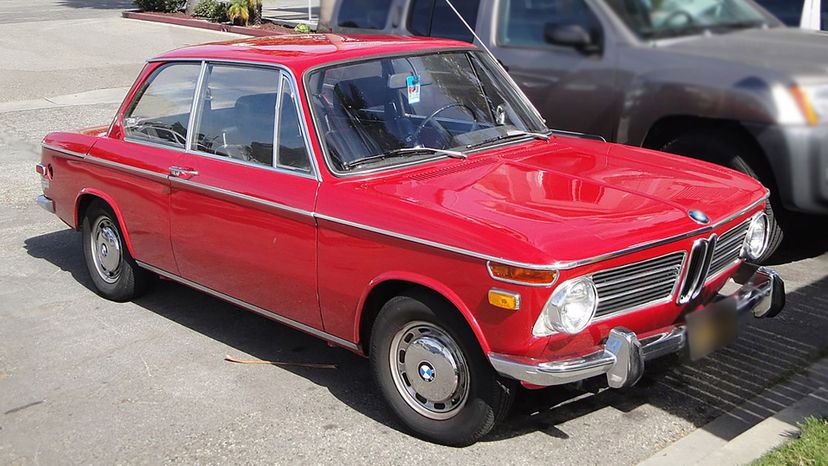
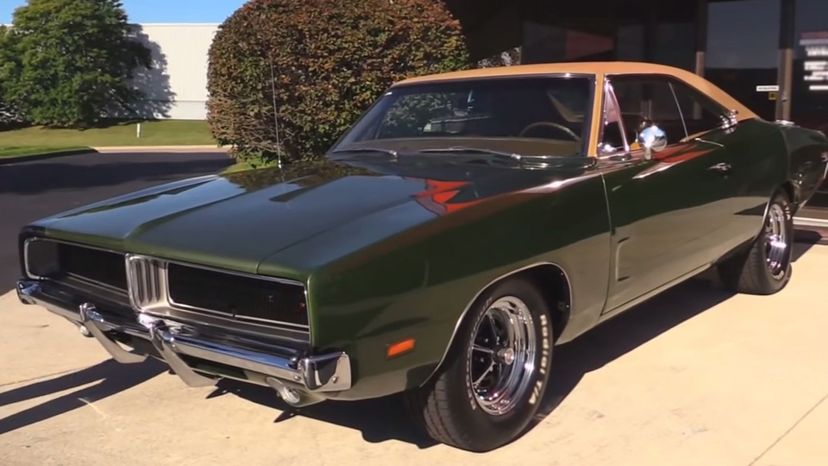
Advertisement
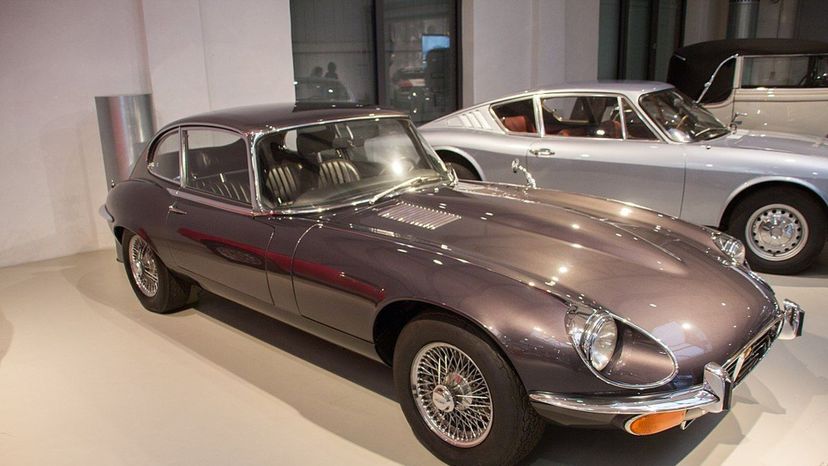
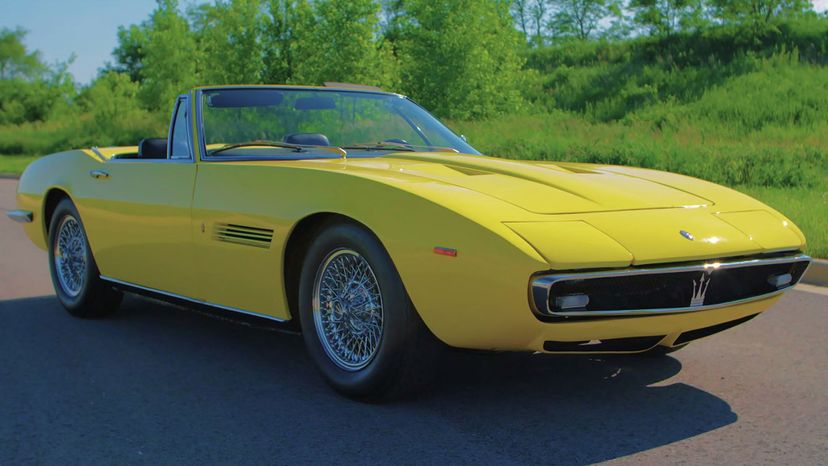
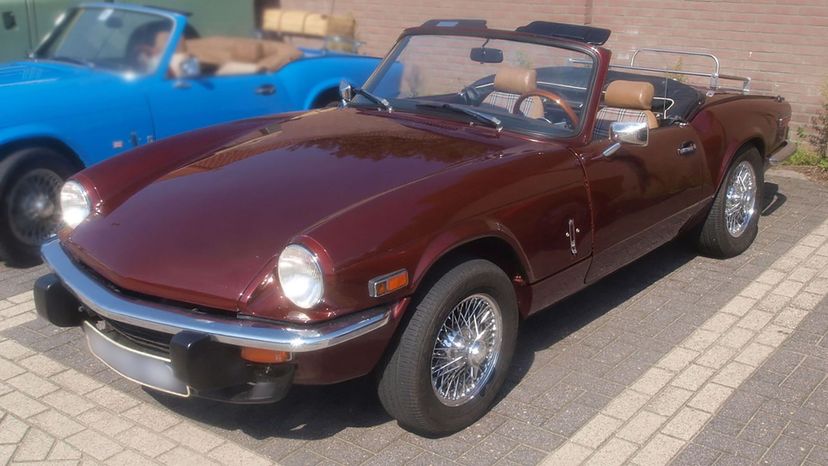
Advertisement
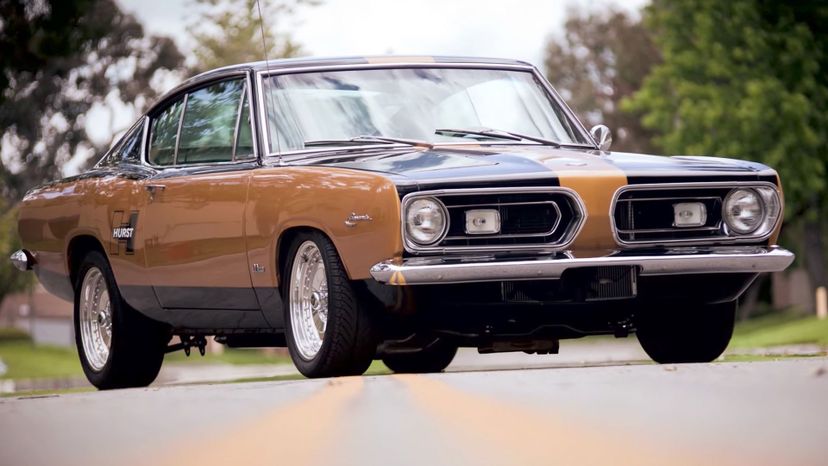
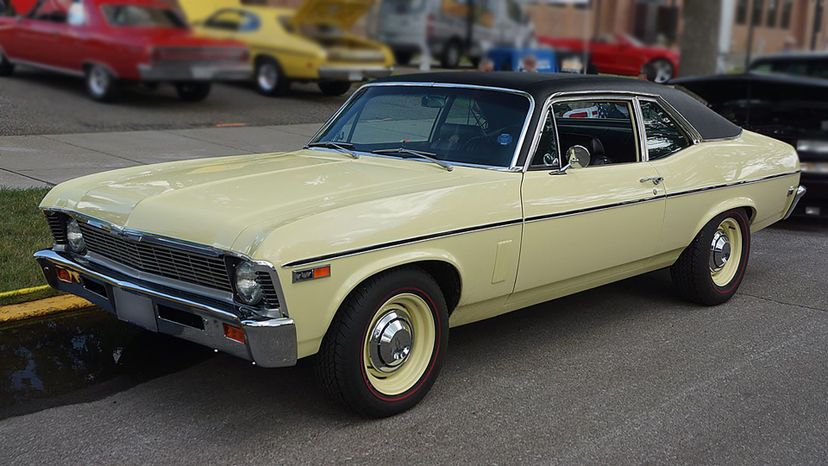
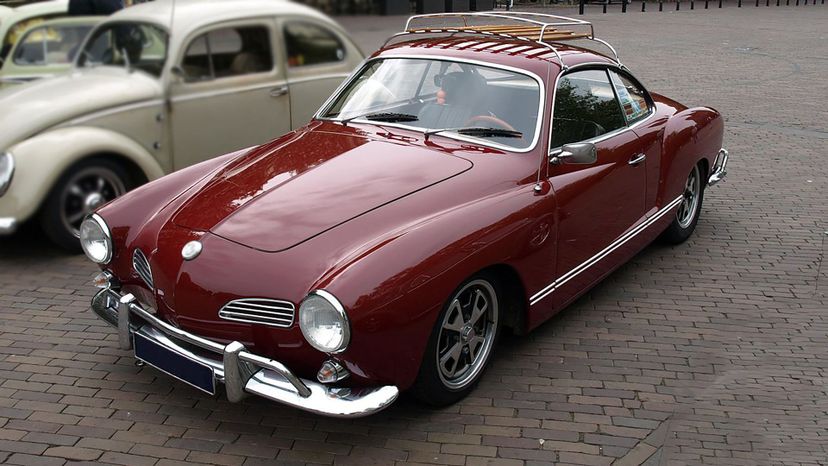
Advertisement
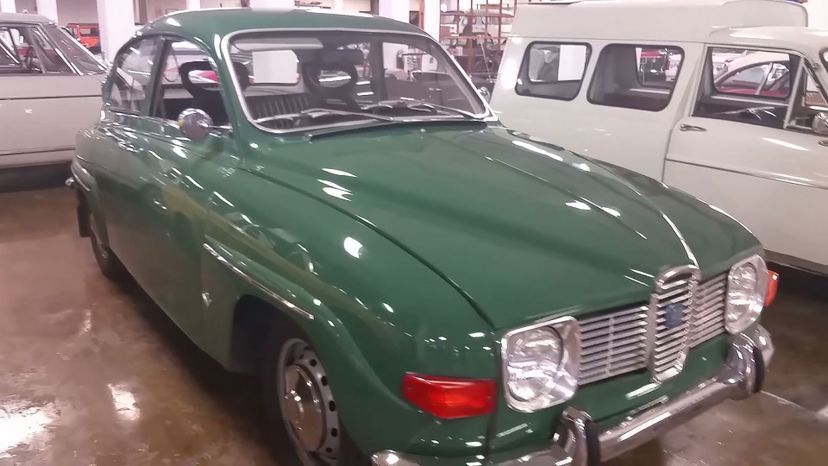
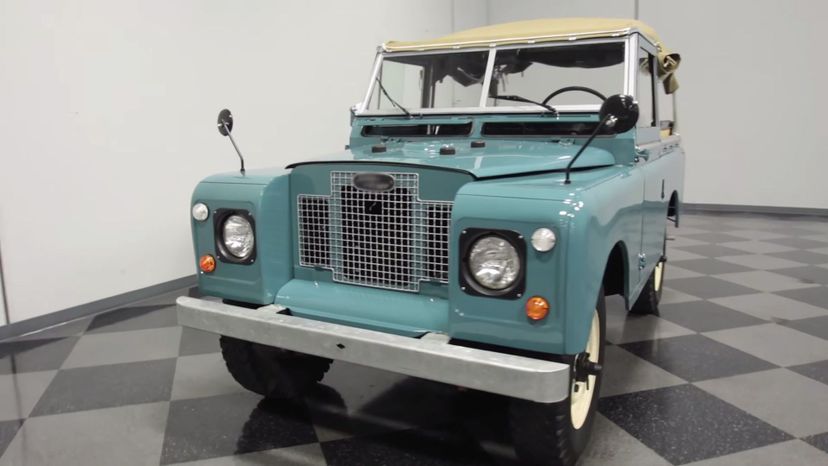
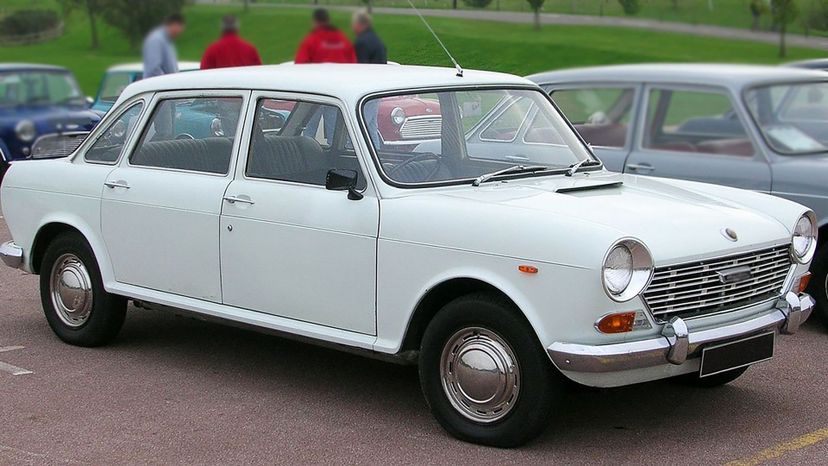
Advertisement

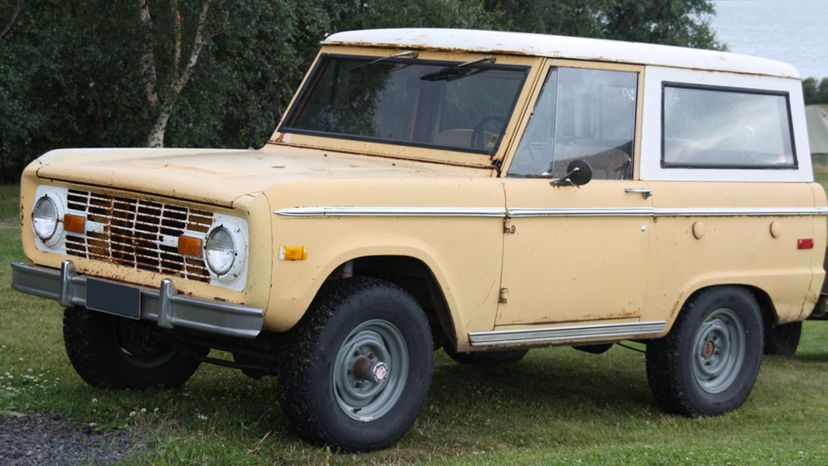

Advertisement
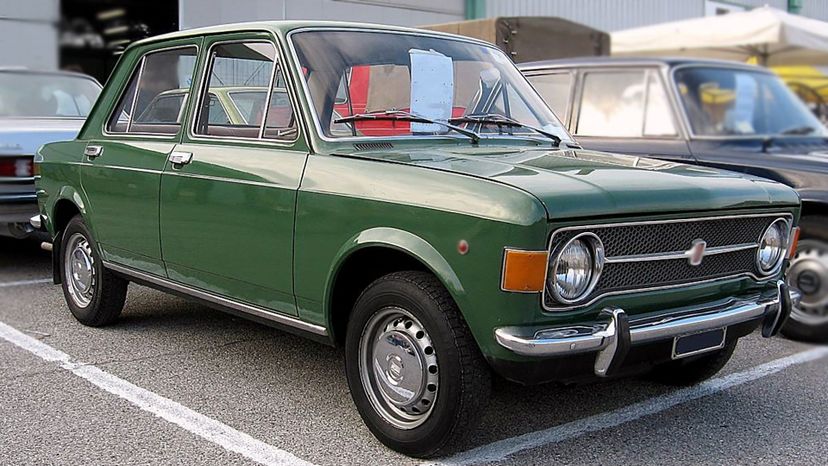
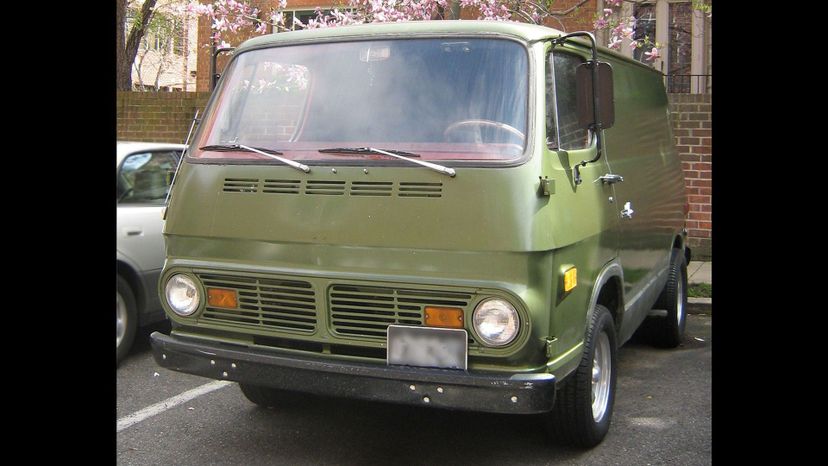
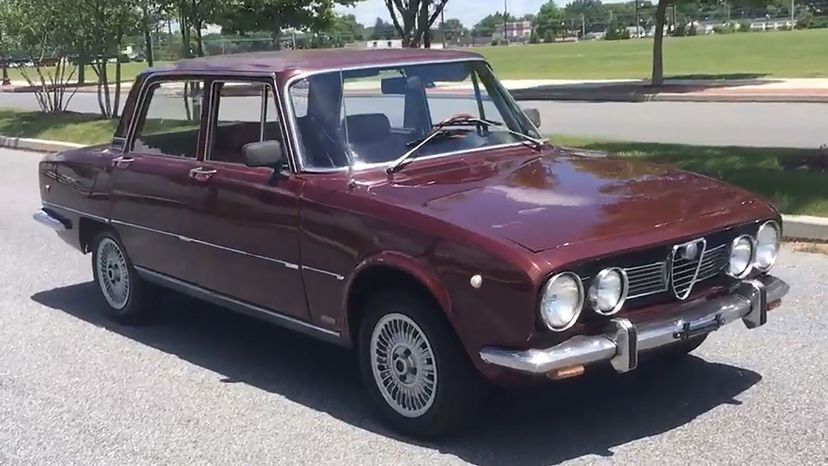
Advertisement
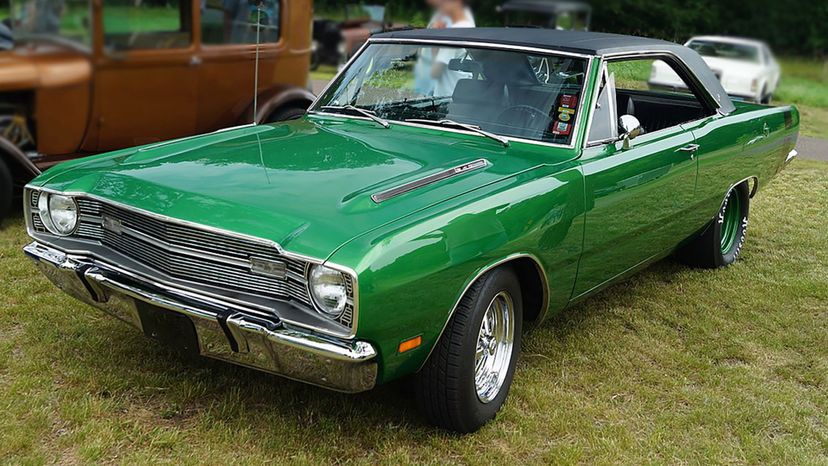
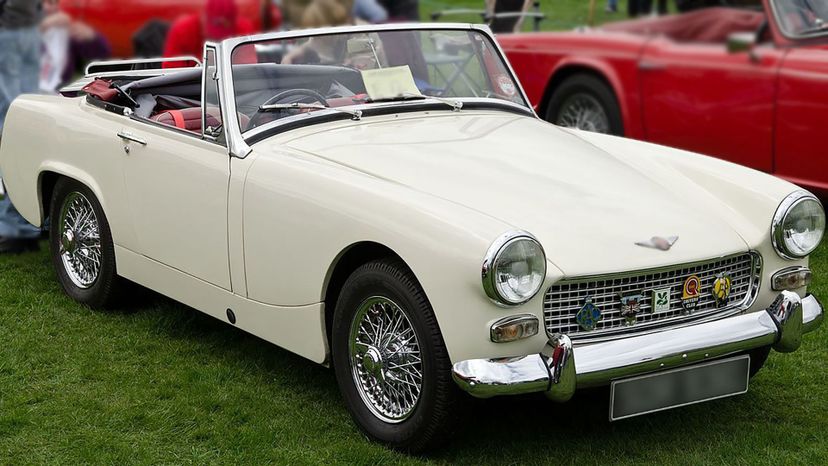
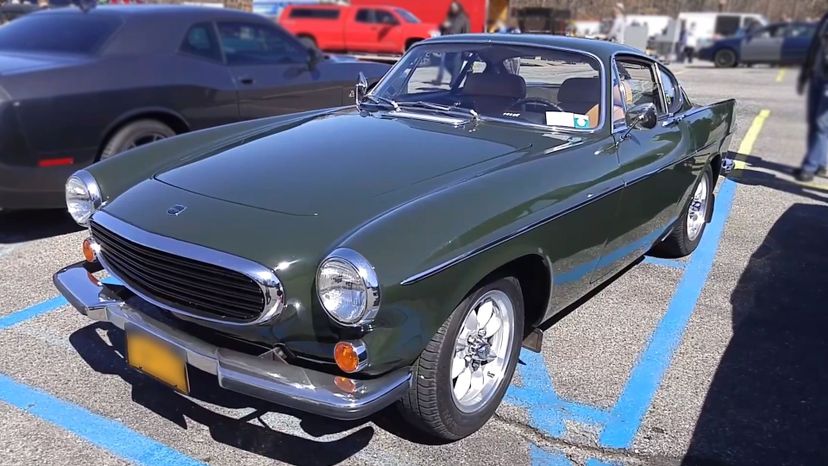
Advertisement
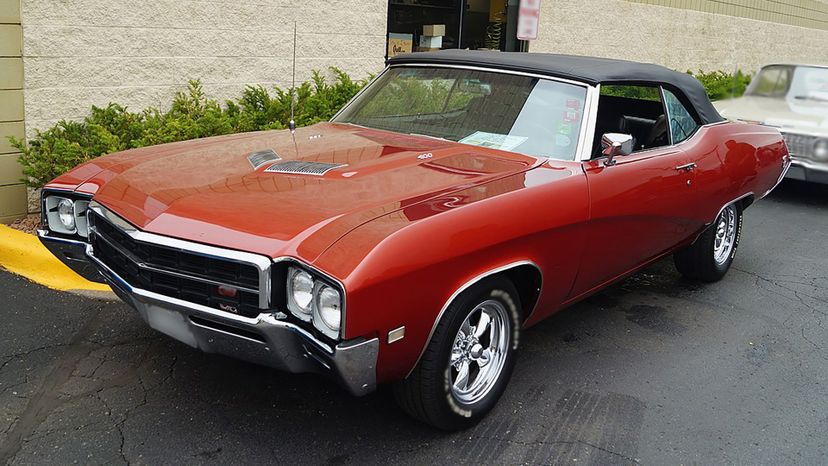

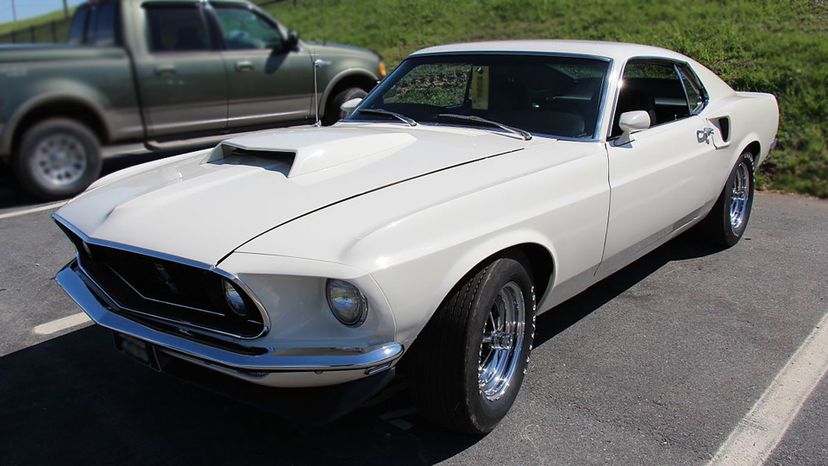
Advertisement
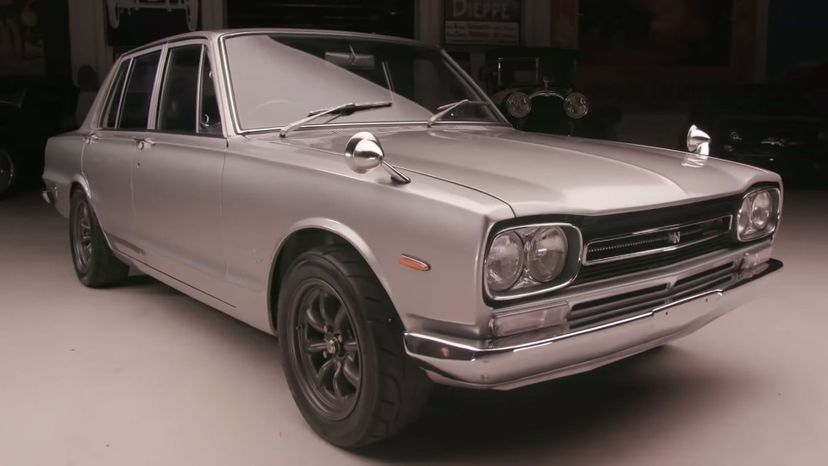

Advertisement
